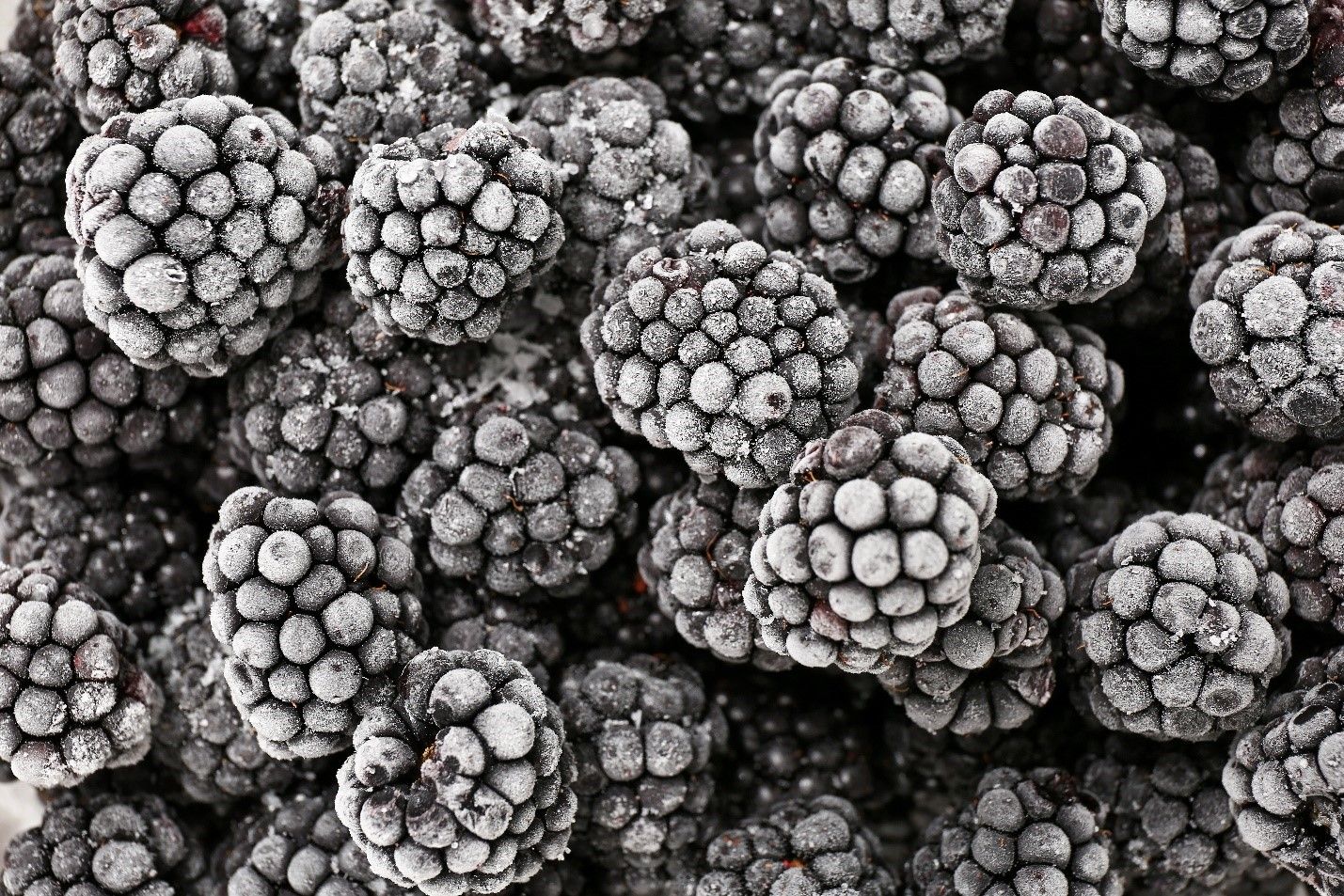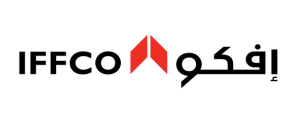Technologies Shaping Food Processing 2022

Being on top of new technologies, especially those that haven't been commercialized, can be challenging. Here are four technologies that could improve some very basic food processing functions: freezing, disinfection, drying, and authentication.
Isochoric freezing
Conventional freezing has two drawbacks: it is expensive and often alters the product. Both can be circumvented by isochoric freezing.
In simple terms, the technique of Isochoric freezing involves putting food inside a rigid container filled with water and freezing it. The pressure inside the container keeps all but about 10% of the water from freezing. The actual food doesn't freeze, and so forgoes the cellular damage that comes from crystallization.
One of the biggest advantages of this kind of freezing is that it can be done with conventional freezing systems and the biggest challenge [to commercialization] is the fact that isochoric preservation requires a change in thinking about low-temperature storage of food, according to Rubinsky, a mechanical engineer at the University of California-Berkeley, who leads a USDA-funded team.
High-voltage atmospheric cold plasma
The ultimate goal of food preservation is to kill as many microorganisms on or around it as possible with a process that does not alter it in any way. Atmospheric plasma, which has long been employed for industrial disinfection, is one way to accomplish this.
The high voltage atmospheric cold plasma (HVACP) produces mostly ionized air through the passage of two parallel electric diodes. "HVACP is at the tip of the spear," explains NanoGuard CEO Larry Clarke. It needs to receive FDA approval and be connected with the right market.
Electrohydrodynamic drying
Similar to HVACP, electrohydrodynamic drying (EHD) utilizes ionized air. It works by running electricity through electrodes on either side of the food to be dried in order to create an airflow, called "ionic wind." Compared to conventional convective drying, ionic wind dries food faster because of the heat generated in the process.
In addition to being more energy efficient, EHD preserves color, flavor, and nutritional content better than conventional drying, and shrinkage and rehydration rates are lower. The technique has mostly been applied to fruits and vegetables, but ETH Zurich doctoral student Kamran Iranshahi believes it could also be applied to other products like pharmaceuticals.
Because EHD is unable to produce the same amount of airflow as fan-driven conventional systems, Iranshahi says it is better suited to small to medium-sized batches: “The biggest obstacle to the widespread adoption of this clean technology is its compatibility (to the production line and to current values and norms, for example, production rate).
Oxygen isotope modeling
Often, food fraud is centered on the country of origin of the product. Some products obtain fraudulent value when they are falsely advertised as being from a country or location that is well-known for a particular type of food or beverage.
Food products can be identified by their oxygen isotope ratios to determine their geographical origin. This calculates the ratio of 18O, a considerably less common oxygen isotope, to 16O, the most common oxygen isotope. Rainfall and other climatic conditions where the plant was grown affect how much 18O is present in plant material. This yields an isotope “signature” unique to that area.
Food processing technologies could improve some very basic functions, such as freezing, disinfection, drying, and authentication, but far more possibilities await and disruption in the industry is just beginning.
This article was originally published here
)
)
)



)
)
)
)
)
)
)
)
)
)
)
)
)
)
)
)
)
)
)
)
)
)
)
)
)
)
